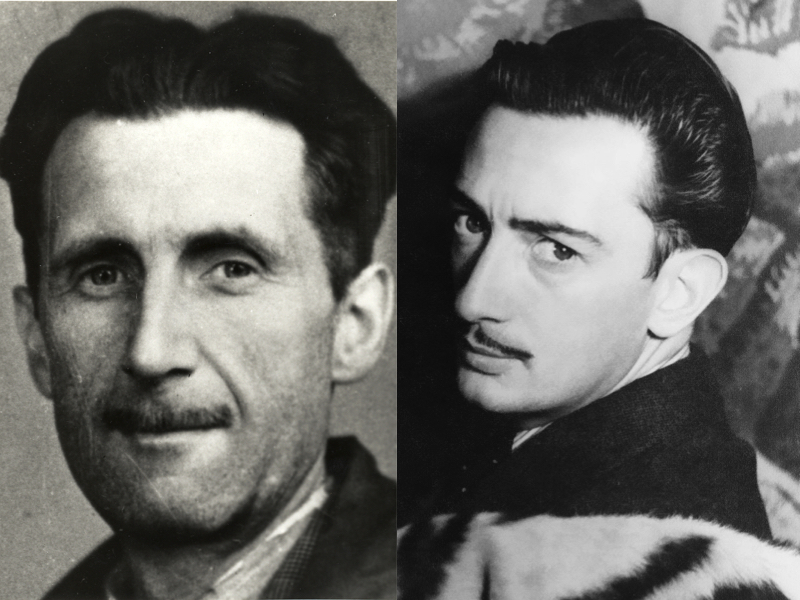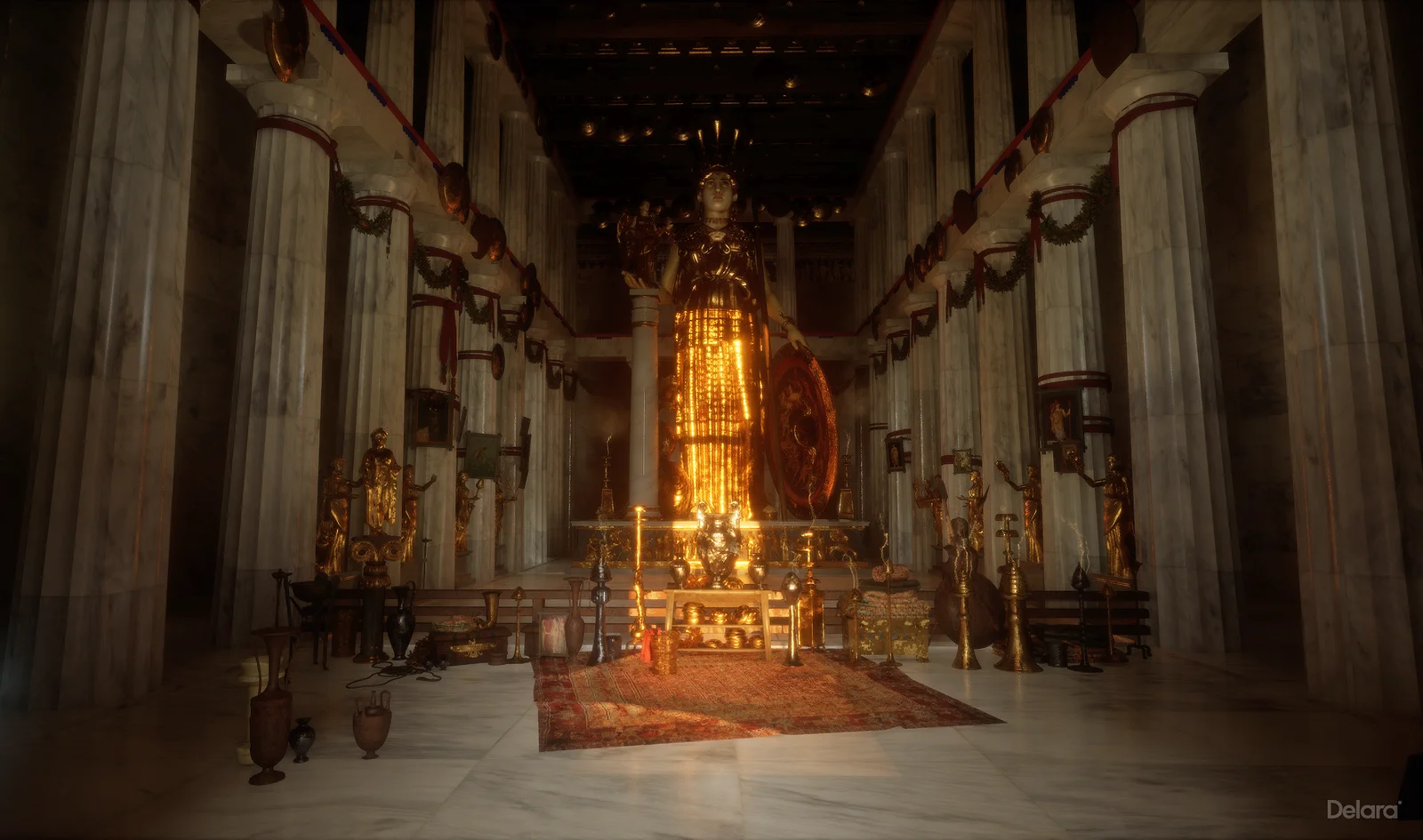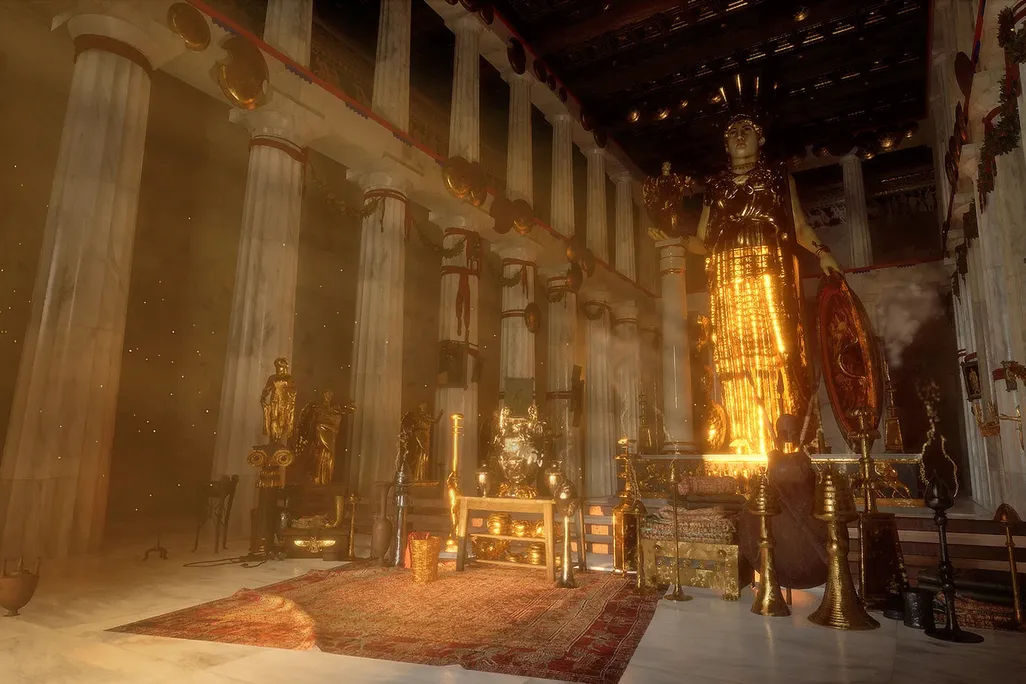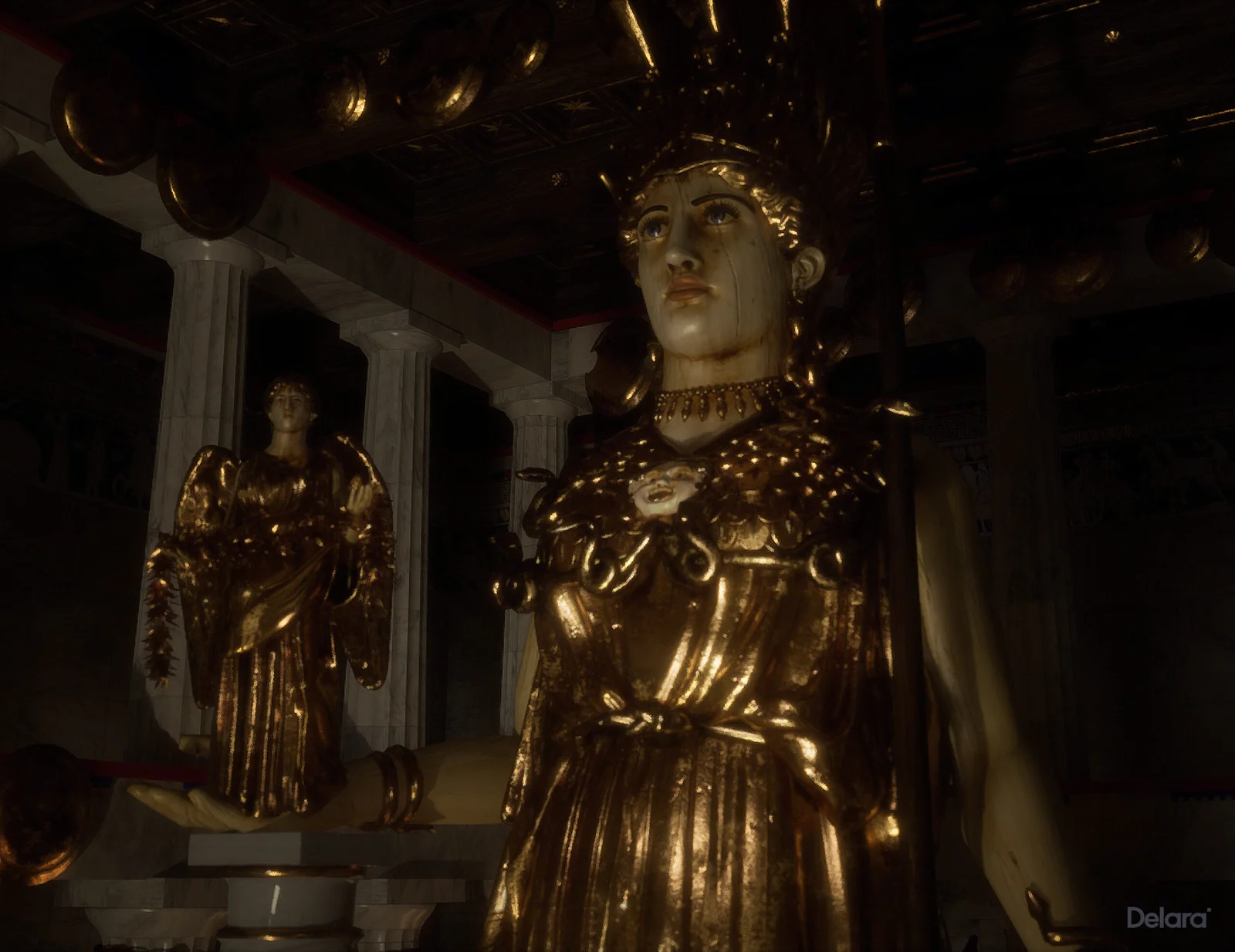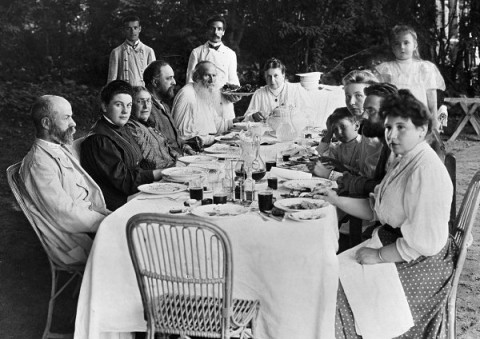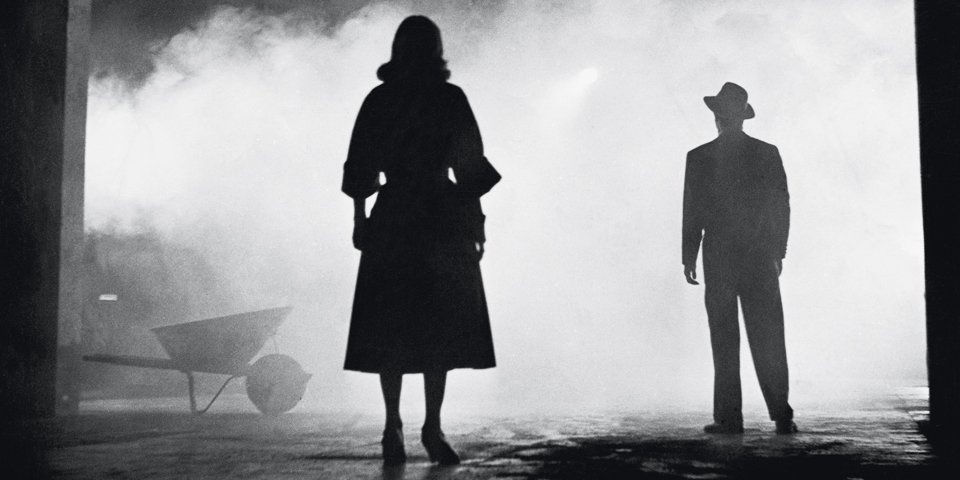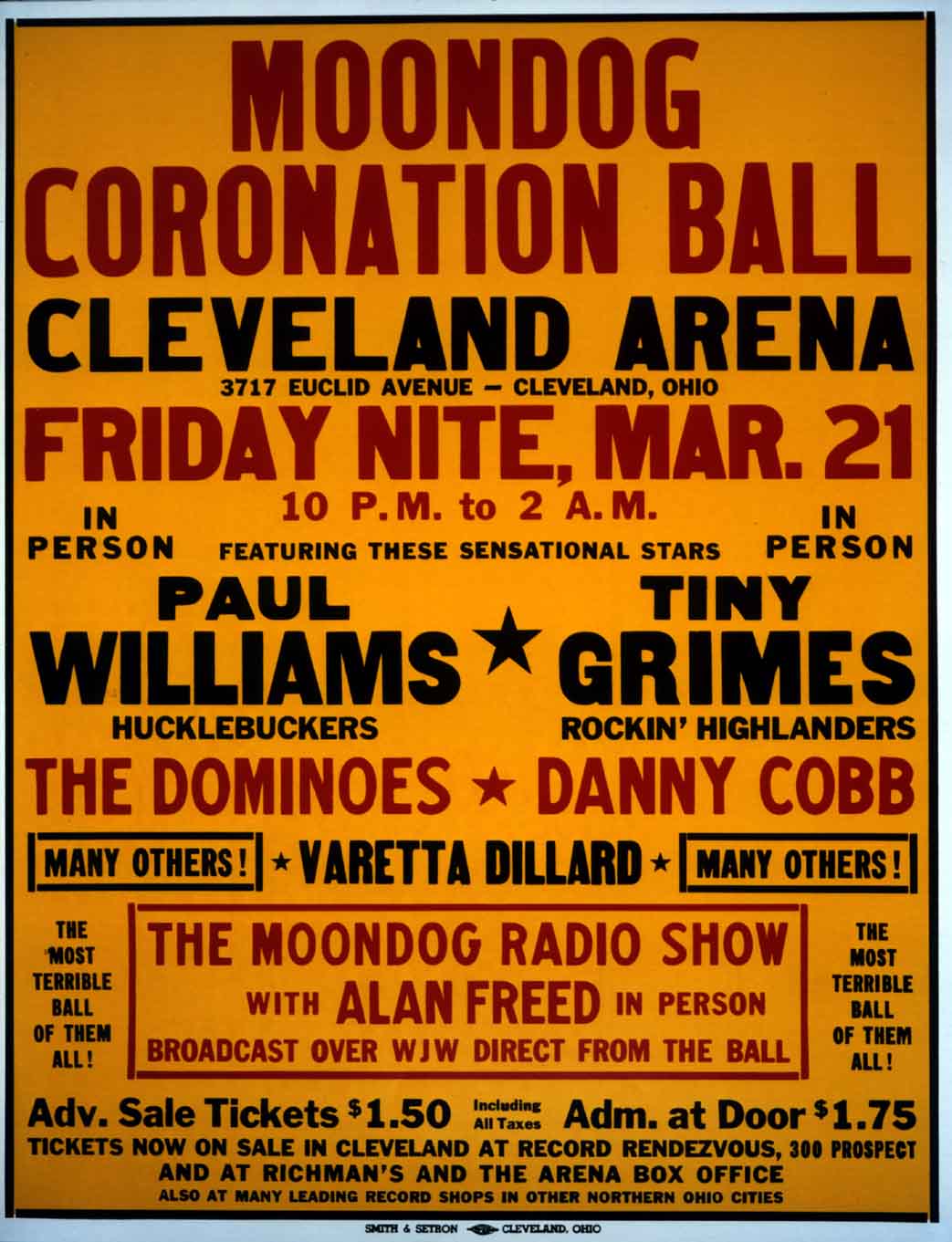Three Yale professors—Timothy Snyder, Jason Stanley and Marci Shore–have spent their careers studying fascism and authoritarianism. They know the signs of emerging authoritarianism when they see it. Now, they’re seeing those signs here in the United States, and they’re not sitting by idly. They’ve moved to the University of Toronto where they can speak freely, without fearing personal or institutional retribution. Above, they share their views in the NYTimes Op-Doc. It comes prefaced with the text below:
Legal residents of the United States sent to foreign prisons without due process. Students detained after voicing their opinions. Federal judges threatened with impeachment for ruling against the administration’s priorities.
In this Opinion video, Marci Shore, Timothy Snyder and Jason Stanley, all professors at Yale and experts in authoritarianism, explain why America is especially vulnerable to a democratic backsliding — and why they are leaving the United States to take up positions at the University of Toronto.
Professor Stanley is leaving the United States as an act of protest against the Trump administration’s attacks on civil liberties. “I want Americans to realize that this is a democratic emergency,” he said.
Professor Shore, who has spent two decades writing about the history of authoritarianism in Central and Eastern Europe, is leaving because of what she sees as the sharp regression of American democracy. “We’re like people on the Titanic saying our ship can’t sink,” she said. “And what you know as a historian is that there is no such thing as a ship that can’t sink.”
She borrows from political and apolitical Slavic motifs and expressions, arguing that the English language does not fully capture the democratic regression in this American moment.
Professor Snyder’s reasons are more complicated. Primarily, he’s leaving to support his wife, Professor Shore, and their children, and to teach at a large public university in Toronto, a place he says can host conversations about freedom. At the same time, he shares the concerns expressed by his colleagues and worries that those kinds of conversations will become ever harder to have in the United States.
“I did not leave Yale because of Donald Trump or because of Columbia or because of threats to Yale — but that would be a reasonable thing to do, and that is a decision that people will make,” he wrote in a Yale Daily News article explaining his decision to leave.
Their motives differ but their analysis is the same: ignoring or downplaying attacks on the rule of law, the courts and universities spells trouble for our democracy.
To delve deeper into their work, see Stanley and Snyder’s respective works: How Fascism Works: The Politics of Us and Them and On Tyranny: Twenty Lessons from the Twentieth Century.
Related Content
Actor John Lithgow Reads 20 Lessons on Tyranny, Penned by Historian Timothy Snyder
Umberto Eco’s List of the 14 Common Features of Fascism
Toni Morrison Lists the 10 Steps That Lead Countries to Fascism (1995)
